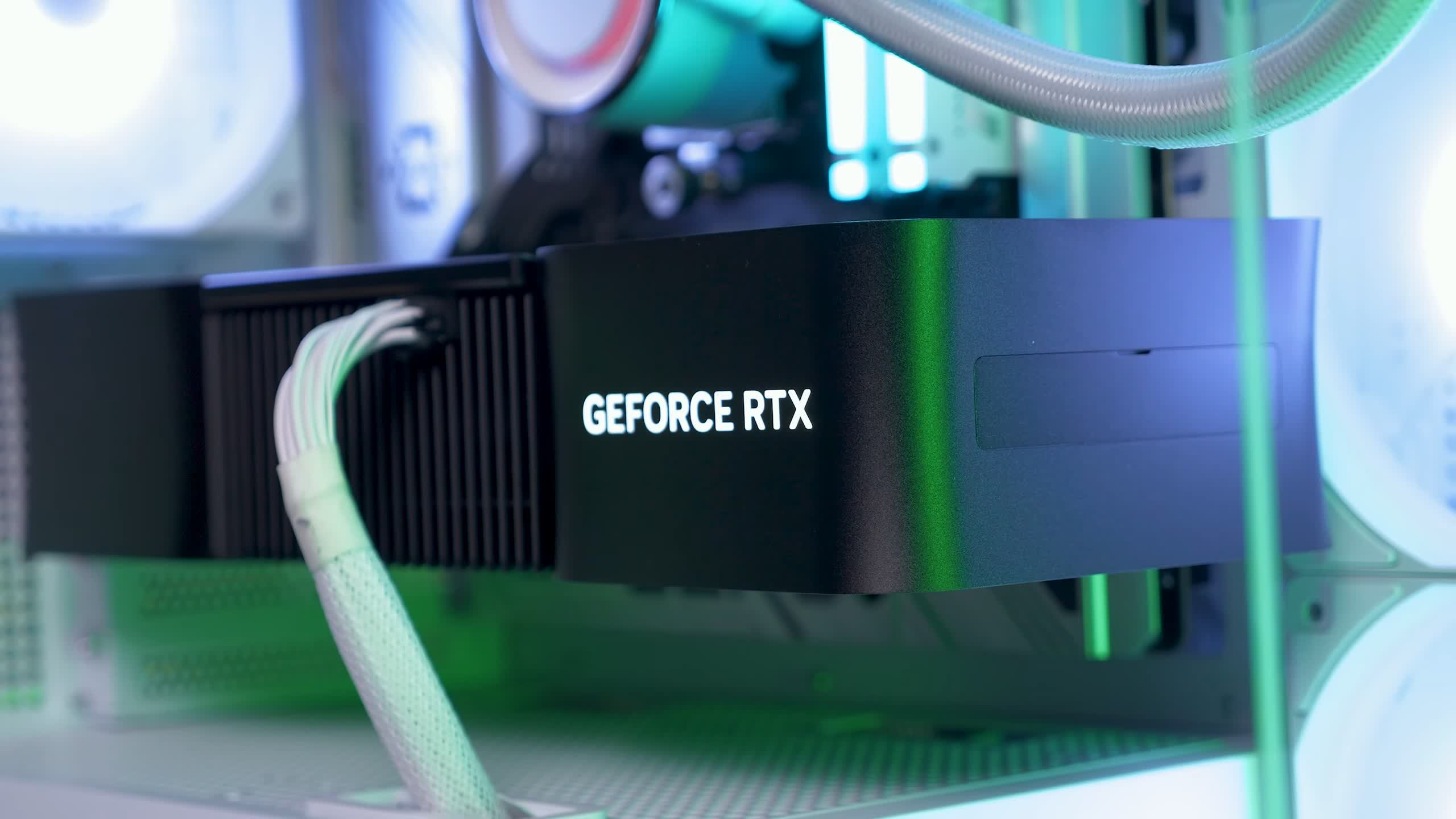
Nvidia accused of prioritizing RTX 5000 series as users report ongoing crashes in older cards
- 24.03.2025 11:23
- techspot.com
- Keywords: Nvidia, RTX 5000 series
Nvidia faces criticism for focusing on RTX 5000 series fixes while older RTX 4000 and 3000 cards experience crashes linked to driver updates. Users report issues with DLSS Frame Generation and G-Sync, causing instability in demanding games.